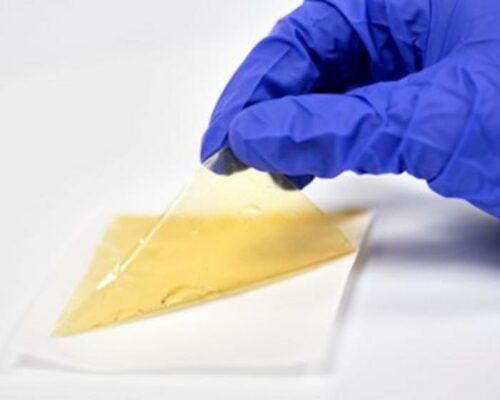The breakthrough in hydrogen fuel cells offers a more durable and efficient future for vehicles, drones, and more, leading towards a greener future.

A new strategy for tackling environmental issues involves the creation and market introduction of durable hydrogen fuel cells. These cells are equipped with a polymer electrolyte membrane, acting as a separator between the electrodes (which facilitates electrical current flow). The membrane allows protons to pass through while blocking electrons, hydrogen, and oxygen atoms.
When a vehicle accelerates or decelerates, the fuel cell’s inconsistent operation leads to fluctuating water production, causing the membrane to swell and shrink. This repeated stress causes cracks, increasing hydrogen leakage through the membrane and leading to failure. Techniques like radical scavengers and hydrocarbon electrolyte membranes help mitigate these cracks but cannot completely stop their development and spread.
A research team from Incheon National University and Harvard University has created a polymer electrolyte membrane that withstands fatigue. For fuel cells’ sustained, reliable functioning, creating an electrolyte membrane that can withstand frequent fatigue failures—mirroring the real-world operating conditions and deterioration processes of fuel cells—is crucial. The research employed an interpenetrating network strategy to spread out the repetitive stress encountered by these membranes evenly.
In their research, the team developed a new type of electrolyte membrane that combines Nafion, a widely used plastic electrolyte known for its proton conduction, with perfluoropolyether (PFPE), which forms a resilient, rubber-like network. This blend results in a slightly reduced electrochemical performance but significantly increases the membrane’s resistance to wear and tear and its overall durability.
The study tested membranes with different PFPE concentrations, finding that a 50% PFPE blend maintained good electrochemical function. Compared to pure Nafion, the Nafion-PFPE hybrid membrane increased the resistance to fatigue by 175% and extended the fuel cell’s life by 1.7 times, with lifespans of 242 hours for pure Nafion and 410 hours for the hybrid.
These findings have broad implications, offering a foundation for more stable, durable, and efficient fuel cell systems that could revolutionize technology in vehicles, drones, personal air vehicles, backup power, and even personal transportation like bikes and scooters.






